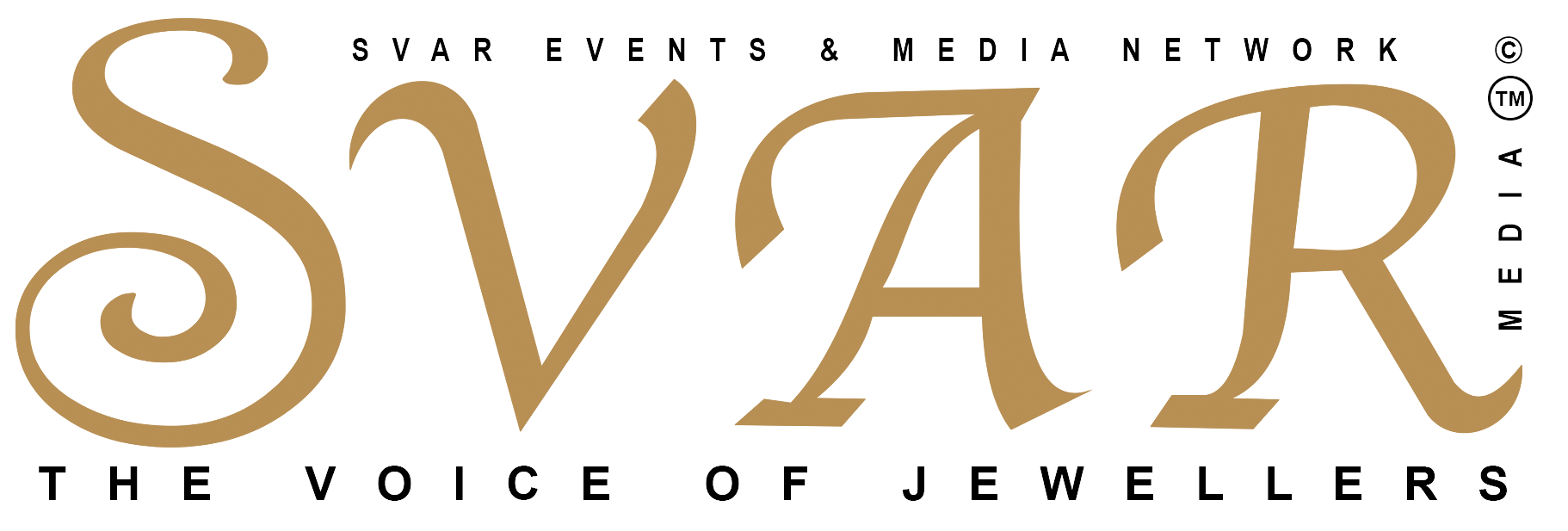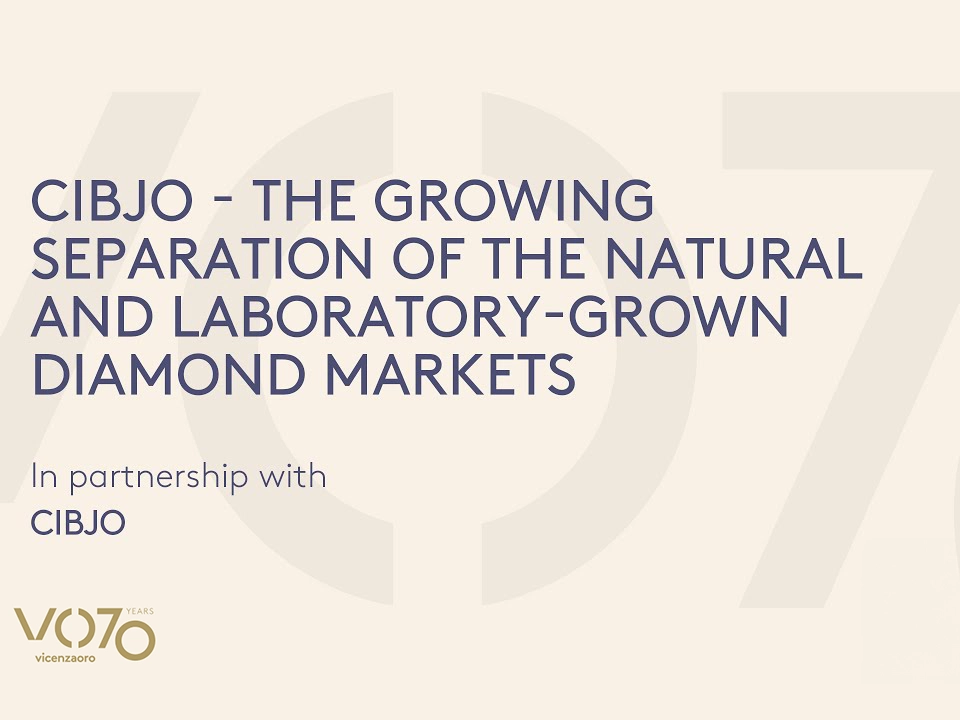NAVIGATING THE EVOLVING DIAMOND MARKET: INSIGHTS ON NATURAL AND LAB-GROWN DIAMONDS
20th September 2024
The jewellery market is undergoing profound transformations, particularly in the realm of diamonds. With the rise of lab-grown diamonds, the industry faces shifting dynamics that affect pricing, consumer behaviour, and overall market trends. Recently, a panel discussion moderated by Edan Golan, CEO of Edahn Golan Diamond Research & Data Ltd, featured insights from industry leaders Lisa Koenigsberg, President of Initiatives in Art and Culture; Martin Leake, Special Advisor on Precious Stones at DMCC; and Raluca Anghel, Head of External Affairs and Industry Relations at the Natural Diamond Council.
Changing Consumer Demographics
The demographic landscape of diamond buyers is shifting, with the market for lab-grown diamonds predominantly attracting younger consumers. On average, individuals are getting engaged at around 29 years of age, and financial pressures—such as student loans and home purchases—play a critical role in their purchasing decisions. This younger audience often favours collaborative shopping experiences, where couples engage in the decision-making process for engagement rings. As a result, average spending patterns reflect a shared financial responsibility, influencing the overall market dynamics.
Market Trends and Pricing Strategies
One of the most notable trends in the diamond market is the declining average price of lab-grown diamonds. Increased competition among retailers has led to shrinking profit margins, prompting a renewed focus on natural diamonds. Despite this, lab-grown diamonds are gaining traction, with projections indicating they could command an equal share of the engagement ring market in the coming years.
The stark price disparities between natural and lab-grown diamonds are striking. For instance, a three-carat lab-grown diamond can be significantly less expensive than a one-carat natural diamond. This shift in pricing is influencing consumer spending habits, as buyers gravitate towards larger, more affordable options.
Overcoming Challenges
Despite their growing popularity, lab-grown diamonds face challenges, particularly regarding perceptions of long-term value. Many retailers express caution about promoting them, often highlighting the lack of buyback options compared to natural diamonds. This perception issue underscores the need for effective branding and marketing strategies to attract younger consumers and shift negative narratives surrounding lab-grown options.
Collaborative Opportunities in the Industry
Industry leaders advocate for a cooperative approach between natural and lab-grown segments, recognising that both can coexist and even complement each other in capturing market share. Emphasising the emotional and cultural significance of diamonds is vital for creating meaningful consumer connections. The industry must also broaden the narrative surrounding diamonds beyond traditional uses, such as engagement rings, to include other life milestones and celebrations.
Innovation and Technological Potential
Lab-grown diamonds are also being recognised for their advanced properties, making them suitable for technological applications, such as in semiconductors and electronics. Companies are investing heavily in research and development to explore these capabilities. However, the challenge remains for lab-grown diamonds to generate revenue through jewellery sales while pushing the boundaries of their technological uses.
Emphasising Value Beyond Price
As the market evolves, the concept of value transcends mere monetary worth. Factors such as craftsmanship, design, and provenance play critical roles in how consumers perceive value. Marketing strategies must effectively communicate these elements, fostering a deeper understanding of what distinguishes natural diamonds from their lab-grown counterparts.
The Importance of Storytelling
Storytelling is essential for engaging consumers in the diamond market. Diamonds are not merely commodities; they carry deep emotional and cultural significance. Brands that succeed in conveying meaningful narratives about their products are more likely to resonate with consumers. Collaborative efforts, such as those initiated by organisations like the Natural Diamond Council, can provide retailers with resources to enhance their marketing strategies and promote a positive narrative around diamonds.
Interplay Between Natural and Lab-Grown Diamonds
The interplay between natural and lab-grown diamonds highlights the complexity of consumer choices, shaped by cultural and economic factors unique to different regions. As the jewellery industry remains cyclical and responsive to these trends, it must adapt to meet evolving consumer demands. By embracing creativity, fostering collaboration, and prioritising consumer education, the diamond market can navigate these shifts effectively, ensuring that both natural and lab-grown diamonds maintain their relevance and appeal in an ever-changing landscape.
Moderator: Edan Golan, CEO, Edahn Golan Diamond Research & Data Ltd
Panellists: Lisa Koenigsberg, President, Initiatives in Art and Culture; Martin Leake, Special Advisor – Precious Stones, DMCC Raluca Anghel, Head of External Affairs and Industry Relations, Natural Diamond Council.



